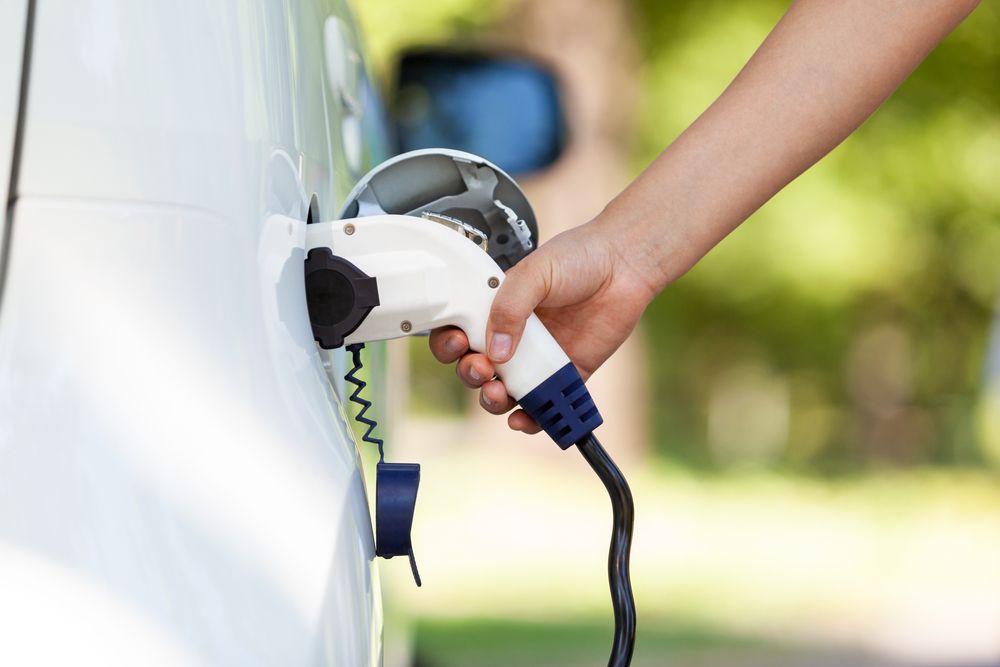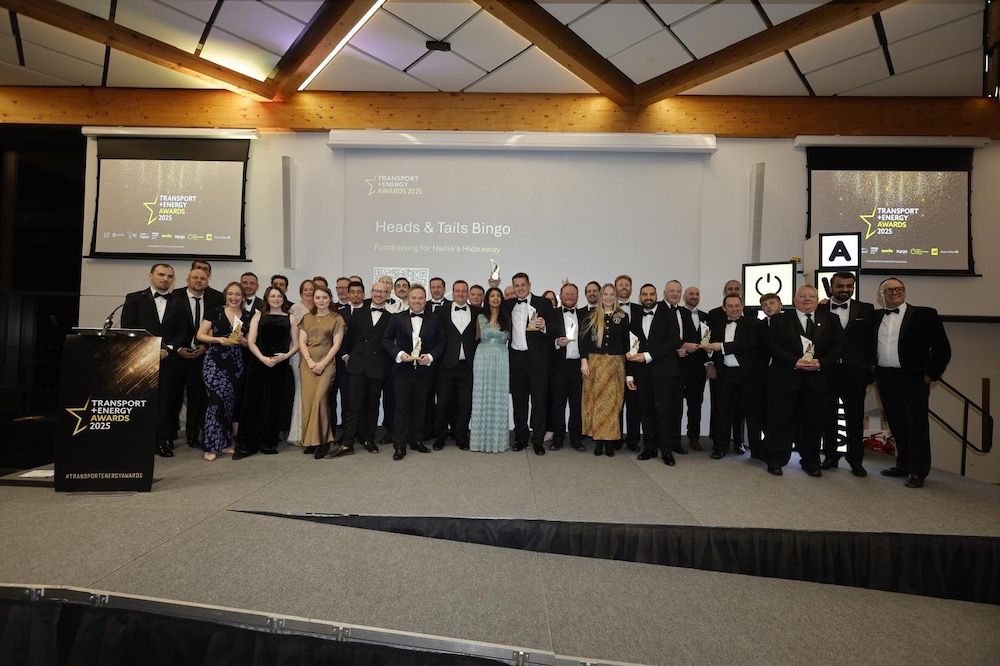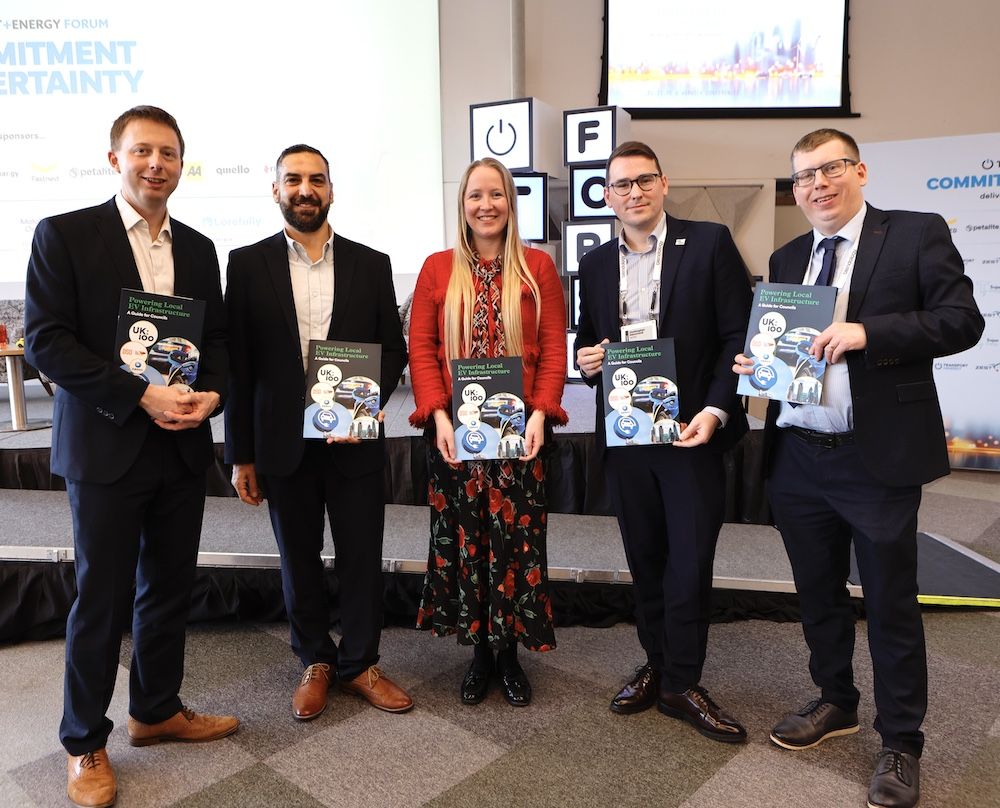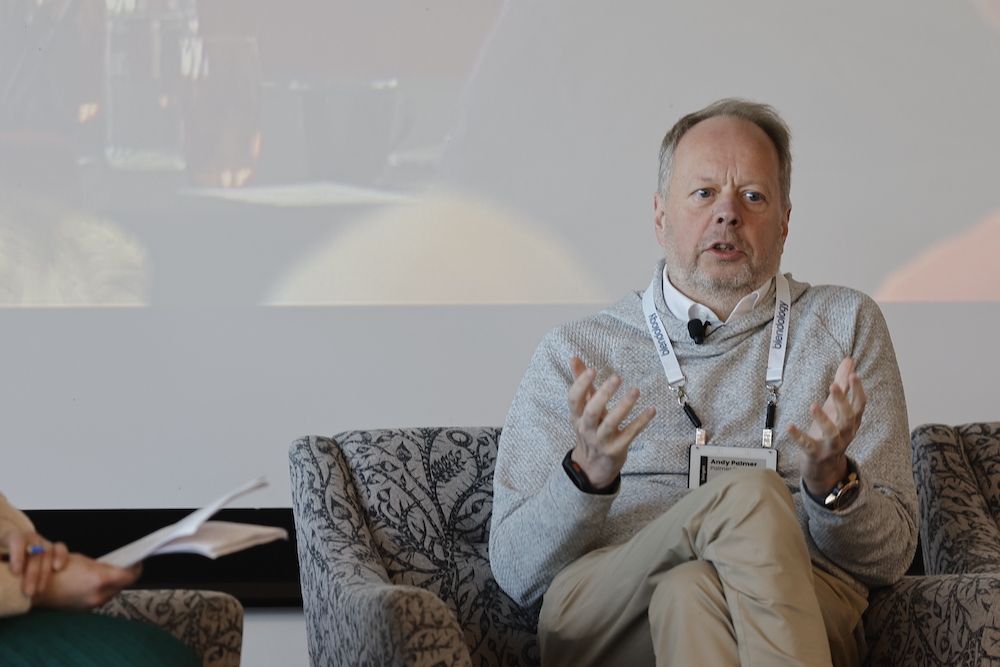The BVRLA has welcomed the Office for Zero Emission Vehicles (OZEV) regulation change, allowing category B driving licence holders to drive electric or hydrogen-power vehicles with a mass up to 4,250kg.
The normal limit for petrol and diesel vehicles with a category B licence is 3,500kg, but has now been increased – but only for zero emission vehicles.
This additional weight allowance will apply to vehicle types you can usually drive using a category B licence. These are vehicles designed for carrying up to 8 passengers and include cars, SUVs, vans and small trucks.
If the vehicle has additional specialist equipment to support disabled passengers, it can have up to 5,000kg. The extra 750kg must be attributable to the specialist equipment.
Cat B licence holders can also drive an electric or hydrogen powered minibus up to 4,250kg MAM – and 5,000kg if fitted with additional specialist equipment for disabled passengers. Drivers will be able to tow a trailer as long as the vehicle and trailer combination does not exceed 7,000kg.
For example, if it has 4,250kg, then the trailer will be limited to 2,750kg. The trailer must never exceed 3,500kg.
OZEV also noted if you passed your category B driving test before 1 January 1997, you can drive vehicle and trailer combinations up to 8,250kg.
BVRLA Chief Executive, Toby Poston, said:
“Out-of-date regulations are hampering the transition to a cleaner, greener van fleet, so we welcome any modernisation to reflect the profiles of today’s vehicles. These changes are long overdue and leave a couple of other urgent updates waiting in the wings.
“The BVRLA, in coalition with its Zero Emission Van Plan partners, continues to call for this red tape to be eliminated. Regulatory barriers remain a key blocker for van fleet decarbonisation, alongside the lack of fiscal support and concerns over charging.
“Government knows the levers that need to be pulled and we are optimistic that today’s changes mark the start of more progress to come.”
Image from Shutterstock








